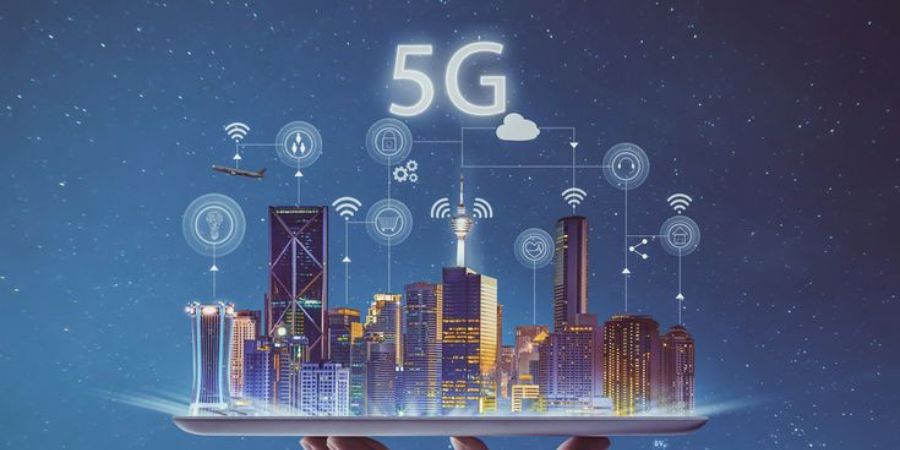

5G and AI/ML work well together and have a mutually beneficial relationship. While 5G offers ultra-reliable low latency communications (URLLC), support for a huge number of devices (mMTC), and enhanced mobile broadband at very high speeds (eMBB). By learning from complicated patterns to enable scope for autonomous network operations, AI/ML complements the technology, transforming 5G into a scalable real-time network that is data-driven. All layers -- including distributed cloud layer (Edge/Core), integrated access backhauls (IAB), and disaggregated radio access networks (RAN) -- use AI/ML to optimise performance. 5G offers many points of presence for data collecting & computing, control loops that can operate in multiple time scales to support distributed AI/ML, and other features that are helpful for 5G network operations as well as AI/ML.
5G networks, like its forerunners, are cellular networks in which the service area is segmented into discrete regions known as cells. Through a local antenna within the cell, all 5G wireless devices are connected to the Internet and phone network via radio waves. Higher download speeds—up to 10 gigabits per second (Gbit/s)—are available on the new networks.In addition to being quicker than current networks, 5G also offers a higher capacity and can connect a greater variety of devices, enhancing the quality of Internet services in busy places.[2] As a result of the increased capacity, it is anticipated that networks will serve as more and more laptop and desktop internet service providers (ISPs), competing with already-existing ISPs like cable internet.
the fifth generation of mobile networks, or 5G. Following 1G, 2G, 3G, and 4G networks, it is a new international wireless standard. In order to connect practically everyone and everything together, including machines, objects, and gadgets, 5G enables a new type of network.
The goal of 5G wireless technology is to provide more users with faster multi-Gbps peak data rates, extremely low latency, enhanced reliability, vast network capacity, and a more consistent user experience. New user experiences are enabled by increased performance and efficiency, which also connects new industries.
In the 1980s, the first generation of analog-based mobile communication systems was developed, enabling people to free themselves from the constraints of telephone lines. Personal mobile communications have developed quickly on a global scale since the advent of more effective second-generation (2G) mobile communication systems based on digital communication in the 1990s. People can now have mobile Internet experiences like video telephony that are speedier because to the implementation of 3G systems after the year 2000. The rollout of a 4G commercial network based on Long Term Evolution (LTE) in 2010 further improved system capacity and user experience. By the third quarter of 2015, 364 LTE commercial networks have been launched, according to data from the Global TD-LTE Initiative (GTI). Map showing evolution.
A huge growth in the amount of data being created is being caused by the need for internet access as well as the introduction of new technologies like automation, artificial intelligence, and the Internet of Things (IoT). The amount of data being created is increasing exponentially, and over the next ten years, volumes are expected to rise by several hundred zettabytes. The current mobile infrastructure has to be upgraded because it was not intended to handle such a large information load.
At the same time, 5G may enable and scale a number of applications like cloud-connected traffic control, drone deliveries, video conferencing, and on-the-go console-quality gaming thanks to its high speed, enormous capacity, and low latency. The advantages and applications of 5G are endless, ranging from mobile workforce and global payments to distance learning and emergency response.


